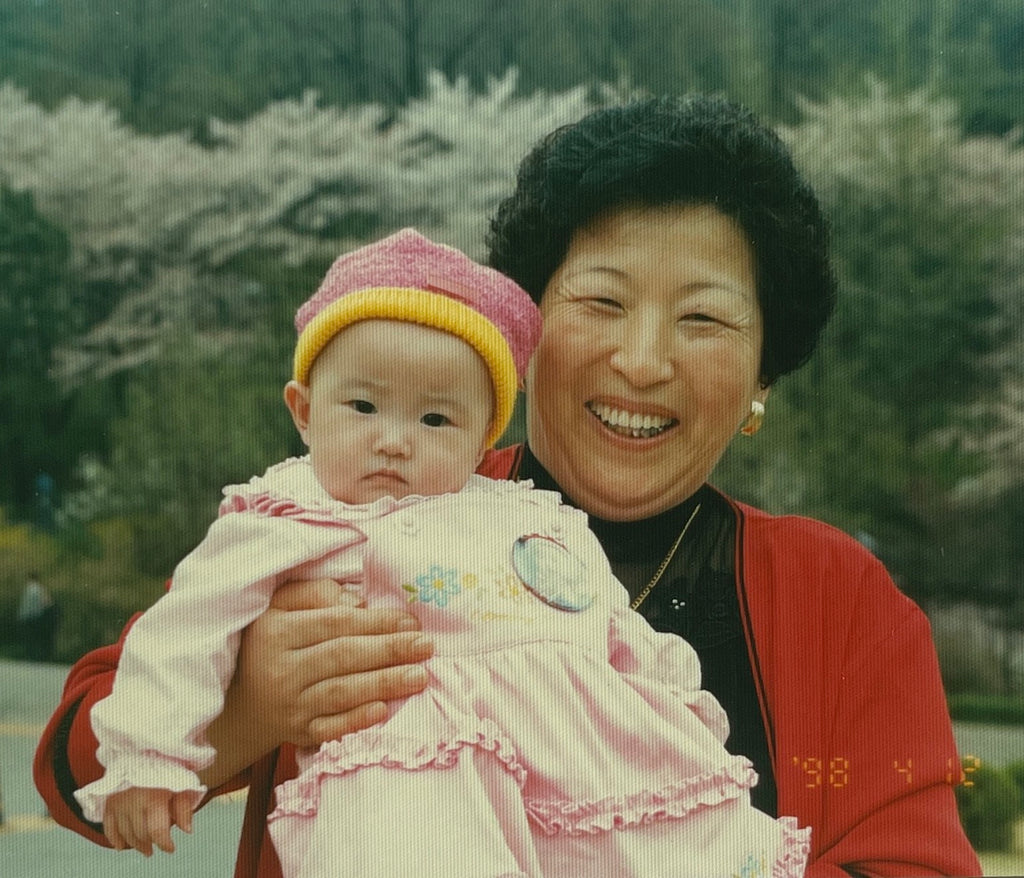Every year, I would smell the winter coming. A salty breeze. Pungent garlic and spicy red chili pepper flakes. Freshly braised pork bossam. Like many other Korean families, our family would kimjang, where our family would come together to prepare kimchi to last us for the cold winter.
This tradition stems back from thousands of years ago—kimchi was, and still is, a staple for all Koreans. Traditionally, men did not cook in Korea as it was seen solely as a woman's duty. However, for kimjang, everyone in the community would contribute. The men would harvest and transport the cabbages while the women were in charge of dressing the kimchi. Usually, it would be a communal event in town where people would pitch in and work together and share. There would be a big feast, and people would break bread and share with the poor and the elderly.
We would lay newspaper on the floor, squat down, and have colossal rubber tubs filled with salted cabbage, julienned vegetables, and chili marinade in preparation.
My family would march around under my grandmother's orders. Everyone, including my umma, who didn't cook, would have red rubber gloves that matched the color of the sun-dried red chili flakes. We each had a role. My dad: carrying boxes of brined napa cabbage. My aunts: chopping a medley of daikon, onions, and garlic. My umma and me: massaging the Nappa cabbages gently in the chili marinade. The cabbages would be gently passed over from one tub to another, smothered in bright chili sauce, all under my grandma's orchestration.
Only she knew how to make the marinade. Her kimchi was famous-- each year, our neighbors would ask for a tub of her kimchi which she would proudly share. When asked about her kimchi marinade recipe, she would dismiss their compliments and say, "It's easy! A pinch of this and that, daechoong. It's whatever! Just eye-ball it." Her intuitive sense of balancing flavors came from years of practice and secret know-hows passed from generations before her.
After dressing the kimchi, everyone would be exhausted. We would all sigh in relief that we had enough kimchi to last the winter and for our neighbors. Our backs sore and eyes burning from the garlic and chili flakes, we would sit around the dinner table with a freshly dressed head of kimchi and a steaming plate of braised pork. My dad would rip a string of kimchi, wrap it carefully around the steaming pork. The crunchy sweet kimchi and the fatty pork belly would be a perfect reward for a hard day's work.
Like most traditions, kimjang has also changed and modernized. Now, it's done by machines from big corporations. Instead of being packed in large hangari clay pots, it comes vacuum sealed with a silica gel packet inside. For almost the last ten years, I also subsisted off of this type of kimchi in dorms and in college.
Last year, after graduation and during the lockdown, my umma suggested making kimchi. Sprawled on the couch after rewatching the entire season of Breaking Bad, I said sure, anything to pass the time. Kimjang in 2020 was different from before. It was just the three of us. Instead of 500 heads of salted cabbage, we got a dozen. It took an hour, from start to finish--just enough time for the bossam to be ready. We joked around about how my grandma would boss us around and how my mom's sister would complain the entire time. A thousand year old tradition had also adapted to the pandemic, and I wondered how things would be like for next year's kimjang.
Tina Choi is a content creator (we love her TikTok), food scientist, and recipe developer. This essay originally appeared on Tina's website.

